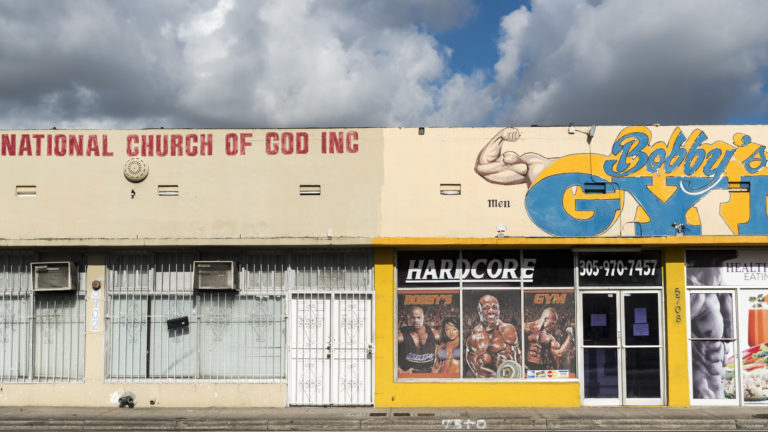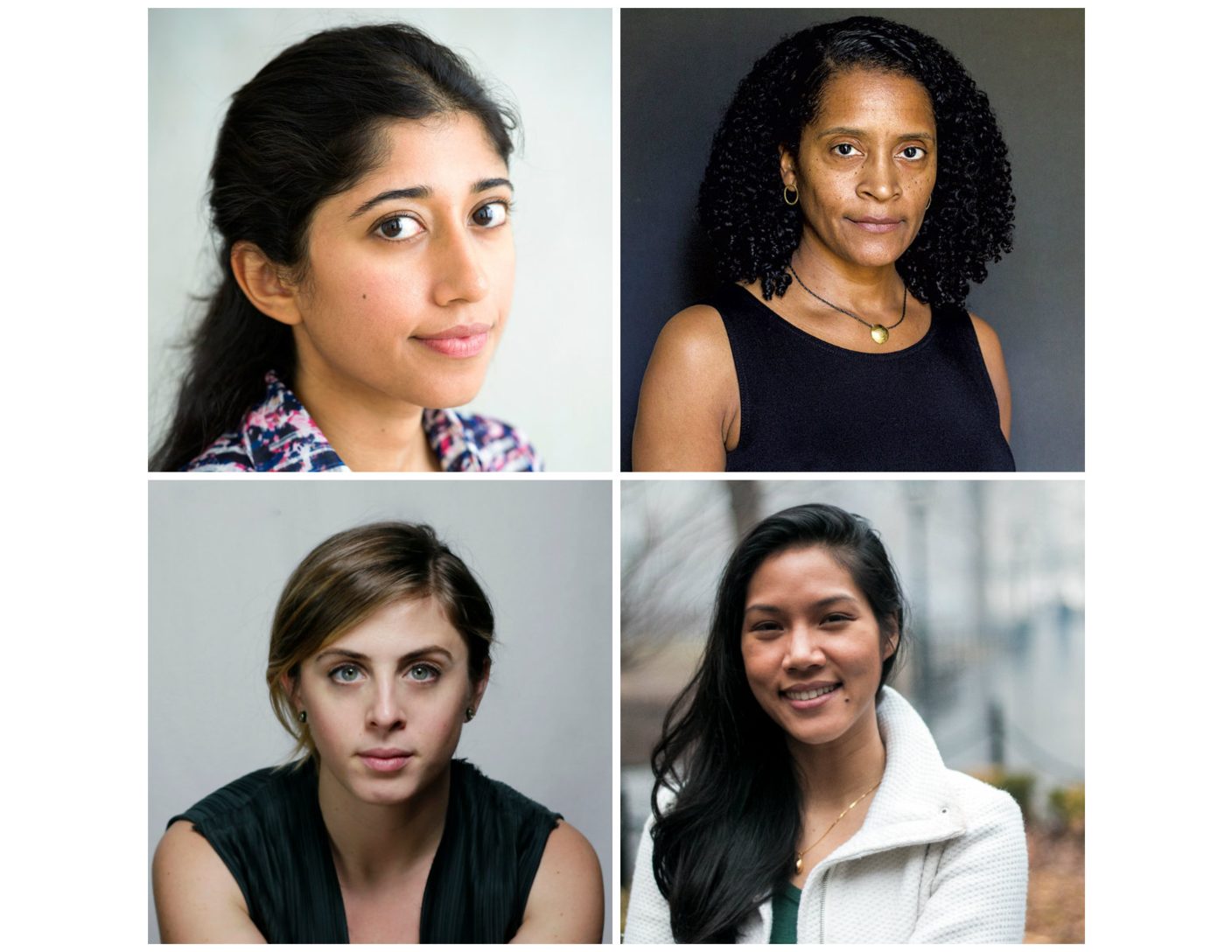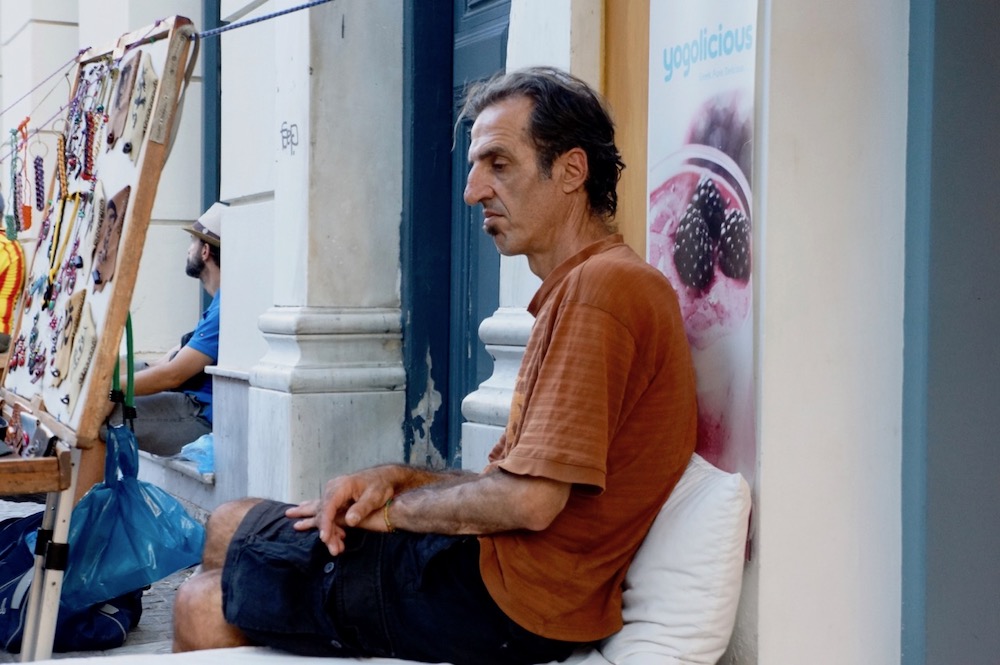Ever since I was a child, I have been fascinated by Christian iconography, especially the statues of Jesus, Mary, Joseph, and the saints, and especially with images of the cross. I attended a Catholic school from first grade through my sophomore year in high school, and consequently my classmates and I went to mass in the adjacent church several times a week, on top of going on Sundays with our families. Because I was an altar boy, I sometimes went to church every day of the week, as I was often called upon to serve on Saturdays, at weddings, and at funerals. Occasionally, I served two or three masses in a single day.
When the priest gave his sermon, which was either over my head or too abstract to follow (I still don’t understand what is meant by “God is love”), and when the ritual became so automatic I could sit, stand, or kneel without thinking, and when the prayers became just as automatic (I could recite the Lord’s Prayer while simultaneously entertaining other thoughts, and I could recite all the priest’s liturgy by heart as well), I would stare at the candles’ flickering flames or study the massive crucifix hanging by chains above the altar, Jesus in a perpetual state of torment, the blood dripping down his forehead where the crown of thorns had been placed, and there were also the wounds at his wrists and feet where the nails went in, and the gash in his left side where the soldier pierced Him to prove He was dead.
I studied the statues of the Holy Family by the side door where the electric prayer candles glowed as well as the bas-relief stations of the cross that lined the walls. The most interesting to me were “Simon of Cyrene Helps Jesus Carry the Cross,” “Jesus Meets the Women of Jerusalem,” and “Jesus Falls for the Third Time,” and at the rear of the church stood statues of St. Jude, St. Francis, and St. Anthony. The expressions on their plaster faces never changed, but like all statues, as the light upon them shifts with the time of day and the seasons, they seemed to take on new characteristics and attitudes, and so, unlike the priests’ words, which made little sense to me when I was young, or the ritual, which followed a pattern, the statues remained interesting, as did the images of the crosses on the stained glass windows, on the wooden arm rests of the pews, in the designs in the carpet, on the prayer books, on the candles and the gold candle holders, on the holy water fonts, on the baptismal font, on the doors, on the confessional, on the collection envelopes, and on the vestments of the priest. I was surrounded by symbols, and when the words and prayers repeated, I would look at them. Doing so felt like a way of escaping a feeling of being trapped.
Though I am no longer a practicing Catholic, the religious iconography made a lasting impression, and I continue to notice it in the secular world around us. The photographs in the series capture the iconography, religious symbols, and words where I found them in the ordinary, mundane world–in what French sociologist Emile Durkheim called the profane world. I caught sight of them in shop windows, in people’s yards, scrawled on vehicles, and on warehouse walls. The ubiquity of the icons is astonishing, sometimes comforting, and sometimes disturbingly out of place. In some cases, the icons seemed to be treated like magical objects or talismans–holy, living, venerable entities. And there are the words on billboards, on the sides of vans, on bumperstickers, on signs, reminding us to think of a king we have never seen, but who will one day come again, and of sin and damnation, of our moral obligations, and of Heaven and Hell.
Taken between 2017 and 2019 in Florida, Colorado, the Midwest, and New York, the photographs capture, perhaps, some of the tensions that arise when images of the scared are mingled with the profane, or, conversely, when the profane is mingled with images of the scared.








Apotropaic magic (from Greek meaning “to ward off” and “to turn”) is intended to protect a person by repelling harmful or evil influences. Arising out of superstition and tradition, the magic is manifested physically in the form of good luck charms like bracelets and rings, amulets, tattoos, or gestures such as crossed fingers or knocking on wood. One of the most ubiquitous apotropaic symbols is of course the cross. For the wearer, it serves as a public symbol of one’s religious affiliation, moral and ethical standards, as well as cultural identity. On some level–I think many who wear the cross would agree–it serves as a charm of protection. The belief in the power of the cross appears in visual art, literature, and of course the cinema, where the faith in its potency is reinforced. In fact, the cross is one of the most important tropes in horror cinema, with characters placing trust in the age old idea that by the cross they will be saved. The cross, especially in vampire films, is used to ward off evil, and it is also used in one of the most iconic horror films, The Exorcist, when the priest turns Satan away by holding it up to the possessed girl, Reagan, while repeating the command, “the power of Christ compels you!” Perhaps this is why I felt troubled when I noticed the cross on this abandoned Miami church, as it did not appear to possess the apotropaic magic I had come to associate with it. I found the graffiti disturbing, and I felt moved by the efforts people made to paint over and hide it. The cross seemed impotent; the graffiti mocked it. I wished, as I took the picture from the sidewalk, the owner of the church, if there is one, would take it down, but then I realized that if it was removed, the stain of the cross would be left behind (hanging there, it had protected the wall from the soot produced by passing cars), and, like the graffiti, the only way to hide the stain would be to paint over it–further sacrilege, and bad magic.




















